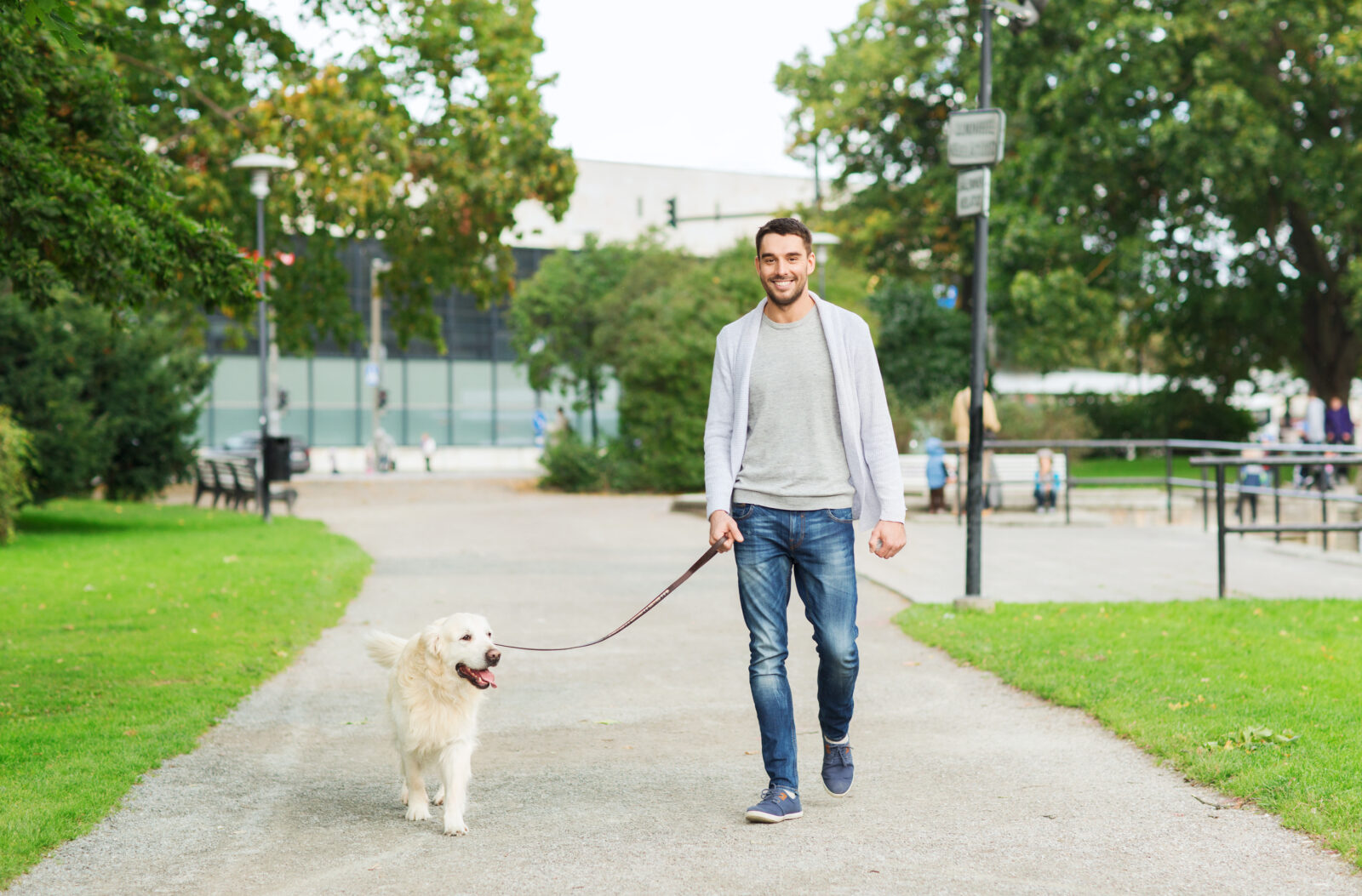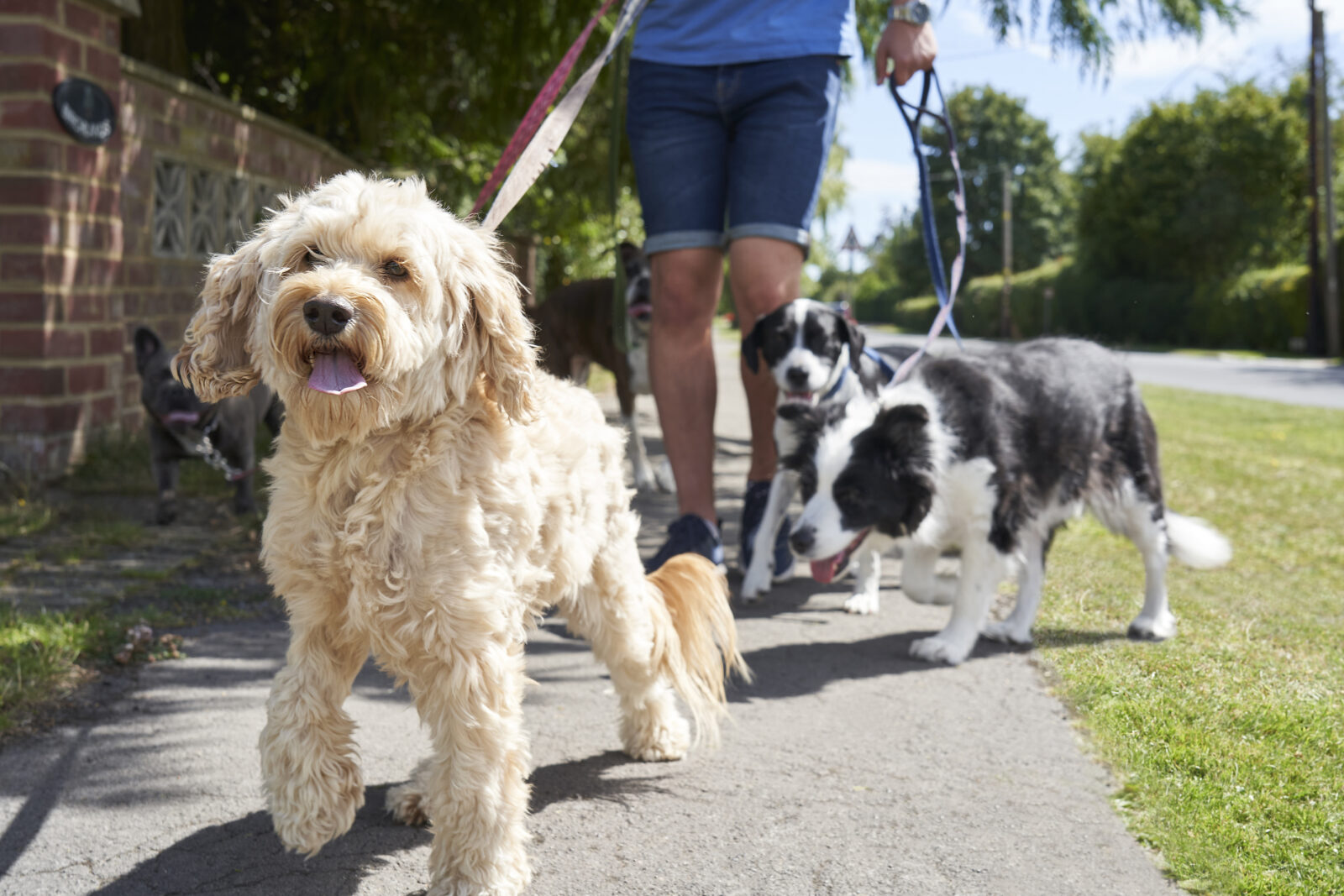If your house is anything like ours, that means your pets are part of your family. Since the beginning of the Coronavirus pandemic, more pet owners are working from home and staying in with their furry best friends. It has given people the opportunity to spend more time with their pets, creating stronger bonds with their fur babies. However, with people returning to the office, pets are once again alone while we are gone. As more people begin to return to the office, our dogs may be at a higher risk of developing separation issues. This article will discuss separation anxiety, the signs, and tips on treating separation anxiety in dogs.
What is Separation Anxiety in Dogs?
Separation anxiety or distress means that your pet is feeling anxious or panicky. Stress occurs when your pet is left alone or perceived to be alone. The most common signs associated with separation anxiety in dogs is destructive behavior, attempts to escape, loss of appetite, salivation, trauma indicators such as chewing, licking when alone, urinating or defecating inside or at inappropriate settings, vocalization.
How Can I Tell When My Dog is Stressed?
Dogs may exhibit signs of stress in their body language. Below are a few signs to watch for:
- Refusal of treats
- Being uncharacteristically rough when taking treats
- Large Pupils
- A furrowed brow
- Ears that are held to the side or down
- Uncharacteristic pacing back and forth
- Extreme panting for no reason
- Excessive shaking off as if wet
- Constantly licking their lips when not eating
- Excessive yawning
- The tail position is low or between their legs
- Head is held low
- Avoidance such as moving away or looking away
- Seeking attention such as jumping, licking, or pawing at you
- Inability to settle or fidgety
- Trembling
- Vocal
When you initially prepare to leave home and are getting ready for work or to go out, you may notice your pet jumping up on you or trying to get your attention, pacing, panting, as well as avoiding their crate, or looking for ways to escape. When pets are panicked, they may even try to escape through a fence or out a window, chew on or through a door or wall, or any number of other harmful activities.

If you notice your pet exhibiting any of the symptoms in this article, you may want to consider contacting your veterinarian for help. We can do many things to help pets with anxiety and manage stress and anxiety when it does arise.
What Can I Do to Meet My Dog’s Needs?
The best way to make sure your pet stays physically and psychologically healthy is to make sure you are fulfilling its basic needs. Proper nutrition, routine medical checkups, and grooming are top priorities. Other essential daily requirements include:
- Protection against extreme stress
- Daily physical activity
- Mental stimulation such as training, exploring, and social interaction, exploring novel environments)
- Interaction with family
- Time for quiet reflection or alone time as long as it does not cause distress
When you’re wondering how to help a dog with separation anxiety, it’s critical to establish a daily routine for fulfilling your pet’s needs. By creating a routine, you are building predictability for your pet which helps them feel more secure. Regular walks, playtime, relaxation periods, mealtimes, and work can be challenging to maintain; however, your schedule does not have to be rigid. Being consistent in each of the daily activities is critical. In addition, when the family spends time away from home, sticking to a routine for your pet might help prevent separation anxiety.

Managing and Treating Separation Anxiety in Dogs
The goal of separation anxiety management should be to avoid the conditions that are causing the anxiety. Without intervention, the issue will worsen, causing your dog’s health to be at risk. Among the options that can be beneficial are:
- Hiring daytime dog walking services like Latchkey Pets to visit during the day, taking your four-legged best friend for a walk, and to provide care when you can’t be there.
- Taking your dog to daycare—assuming your dog enjoys being around other dogs and there is a reputable, dependable facility nearby.
- Have a relative or friend that is retired or works remotely stay with your dog.
- Take your dog to work with you. Many businesses are now allowing employees to bring their dogs to work with them, which may be a great choice, at least in the short term.
Finding the proper solution or combination of treatments that will effectively reduce your dog’s fear when he is left alone will almost certainly need a trial and error method. In addition, video surveillance is a great way to identify harmful behavior or ensure your dog’s anxiety is actually under control.

How Can I Train My Pet to Be Self Sufficient?
Teaching dogs to be independent without being excessively connected to a single person can help them develop coping skills, allowing them to adjust to changes in schedules and lifestyles such as being at ease when you are away and rest without having to follow you around when you are at home. Hyper-attachment may be reduced with this type of training and is great for treating separation anxiety in dogs.
Practice Periods of Separation
You may be wondering if curing dog separation anxiety quickly is possible. With a little bit of time, practice, and repetition you can treat separation anxiety in your dog. If your dog is causing damage to your house, another option is to work with them on separation. Separation practice allows you to see if your pet is comfortable being left alone. Practice separations may be as short as a few seconds in the beginning. Nevertheless, practice separations are a fantastic approach to educate pets that your absence is temporary and that you will be back to provide them the love and care they need.
Choose a safe place for your pet, such as in a crate, a room with a baby gate, or a bed in a pet-proofed room. First, smile and say something gently like, “I’ll be right back.” Give them a few yummies, then close the crate, walk behind the gate, or go behind a closed door, out of sight where your pet cannot reach you. A video camera is a great way to monitor your pet’s behavior and see if they are comfortable alone. Home monitoring cameras, baby monitors, cell phones, webcams, and other devices can keep an eye on your pet when you are not with them. If you set up a webcam of any kind, you will be able to check in on your pet remotely. Otherwise, you can check the video for any signs of separation anxiety when you return.

With any separation training, begin slowly by staying away for a few seconds, and eventually increasing the time you are away to longer periods.
In Closing
If you suspect your pet is suffering from separation anxiety or distress, contact your veterinarian. Be sure to keep a diary of your pet’s behavior and pay attention to cues from your dog when you are getting ready to leave for work. You may also want to provide sample videos to your veterinarian of what happens when your pet is alone. All of the information you document will help your veterinarian make a diagnosis.
Treating separation anxiety in dogs takes time and patience. And, while it may not be possible to be at home with your dog every day, finding the right solution for your pet is critical for their health. At Latchkey Pets, we are here to support busy families by providing daytime dog walking and vacation pet sitting services. We provide loving care when you can’t be there. For more information on our services or to schedule a visit, contact us today!
